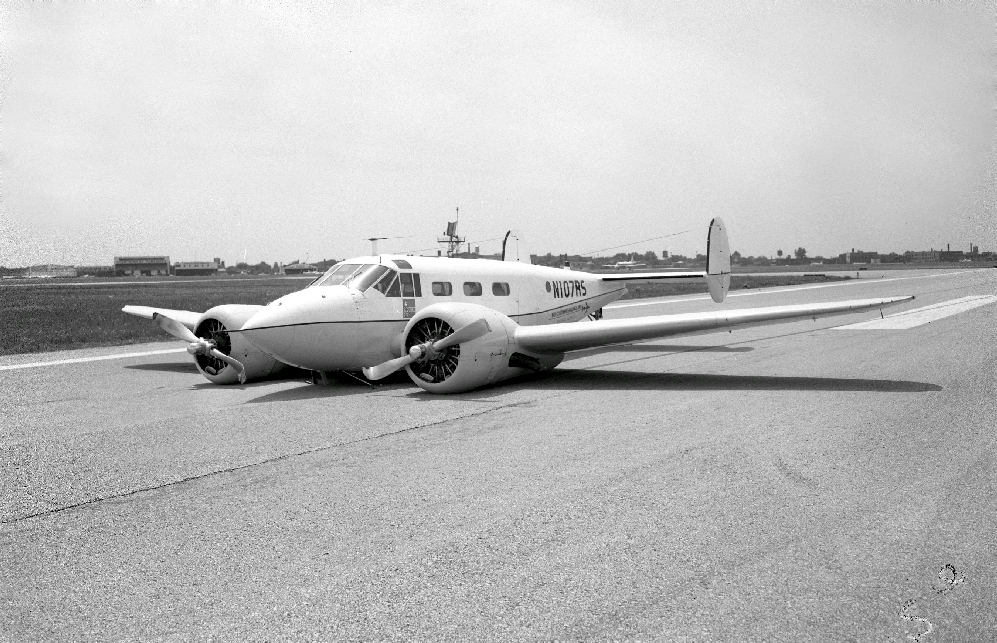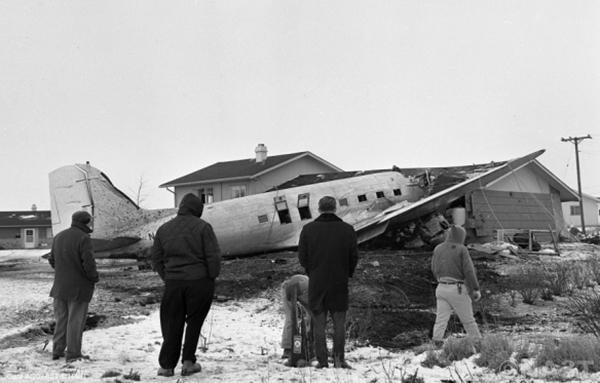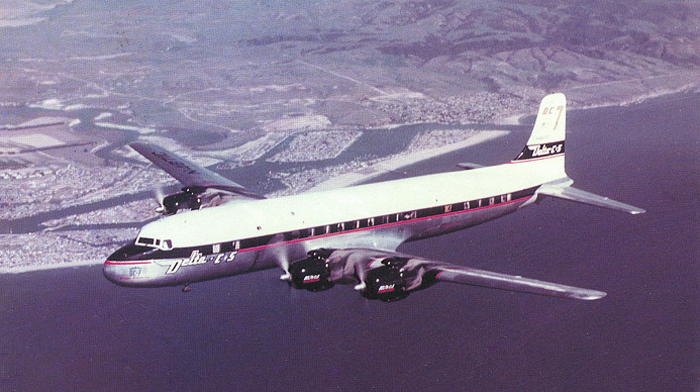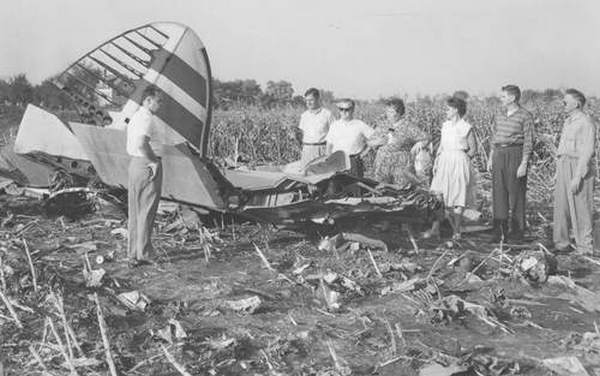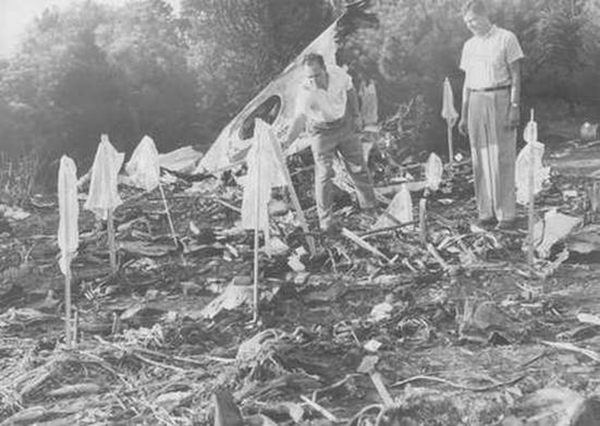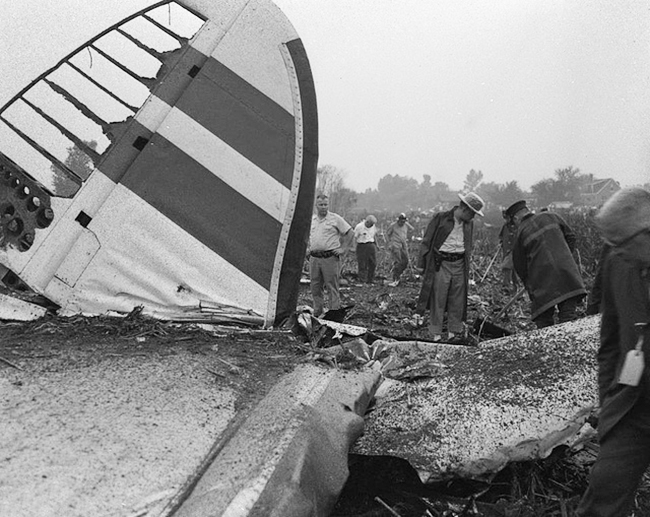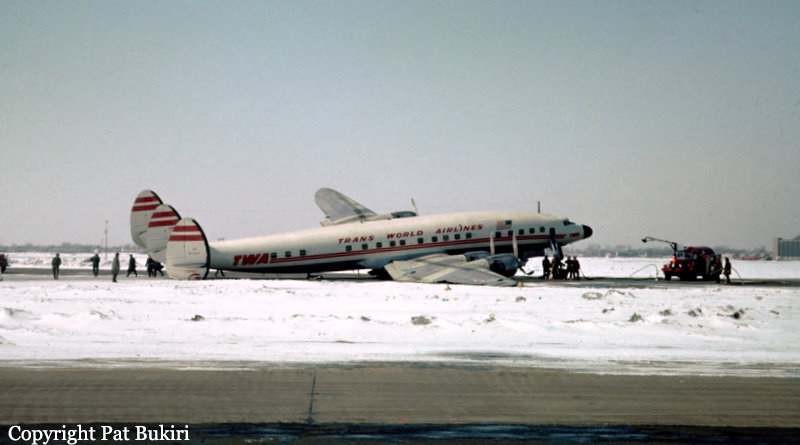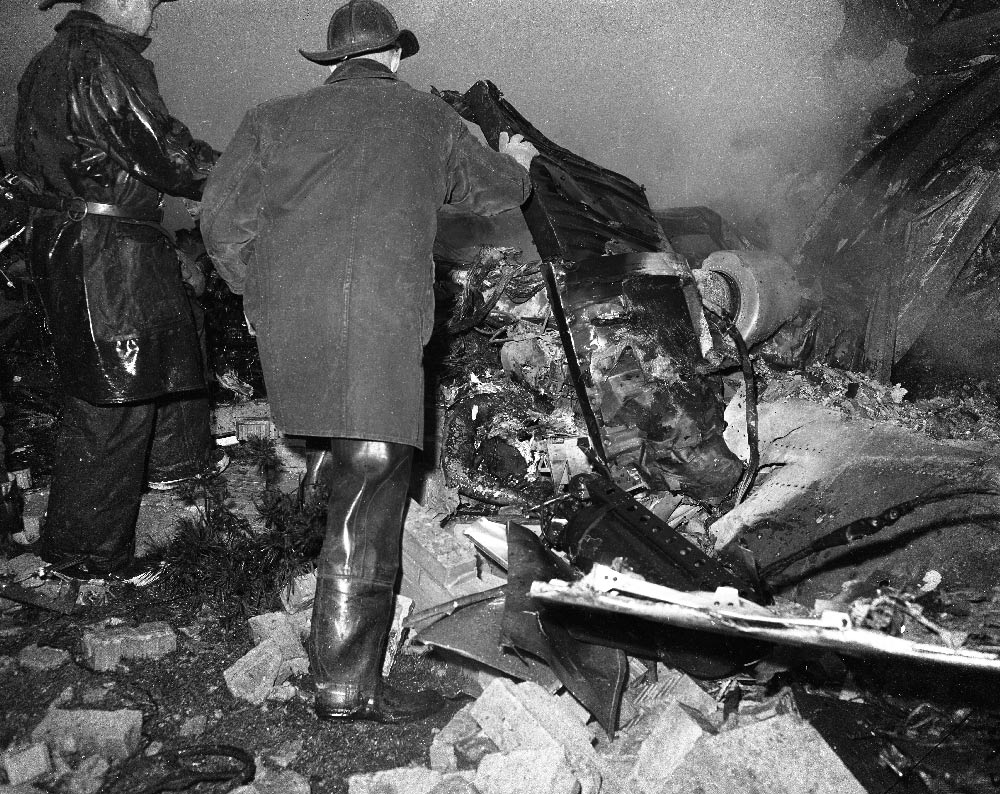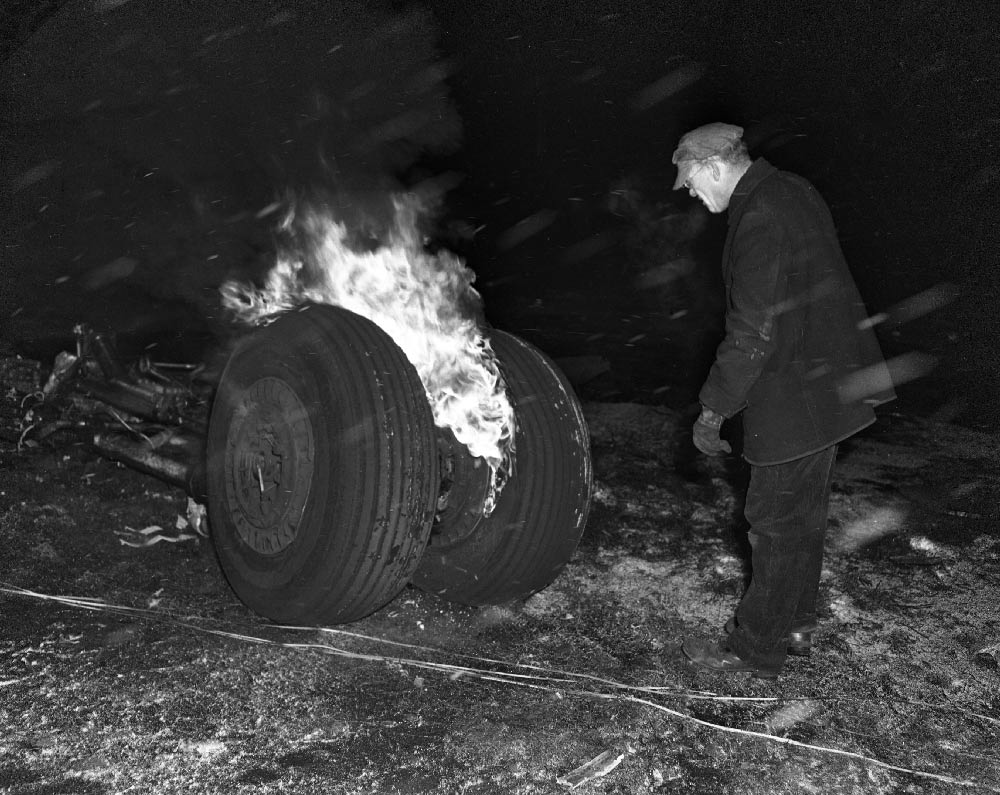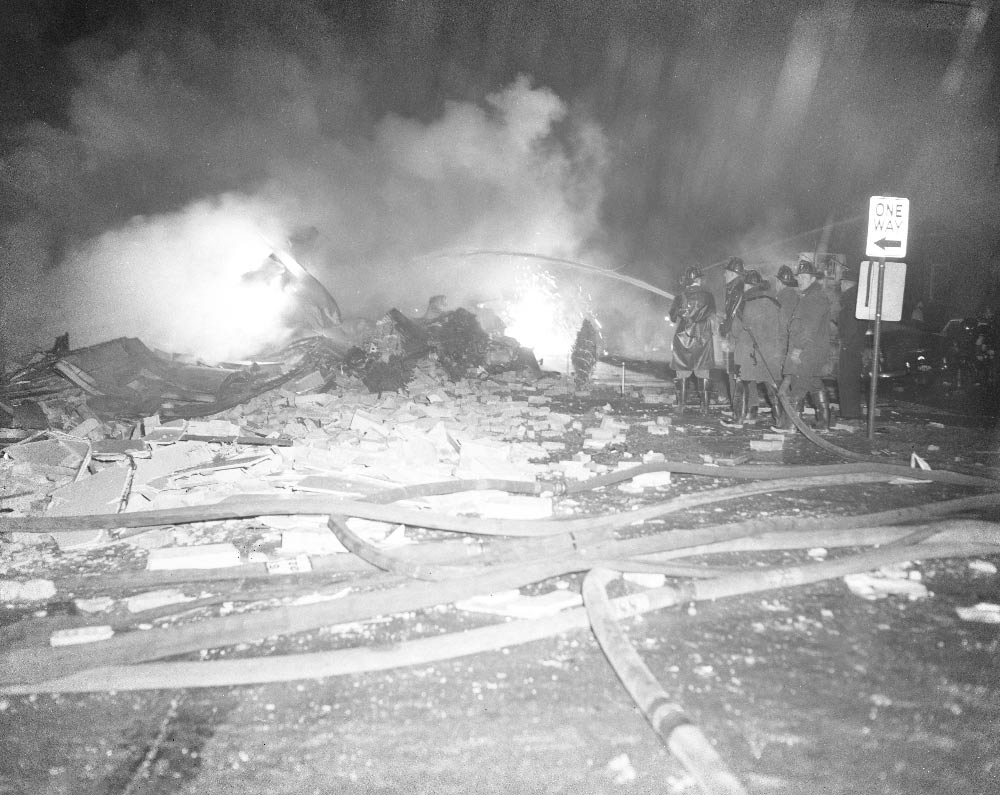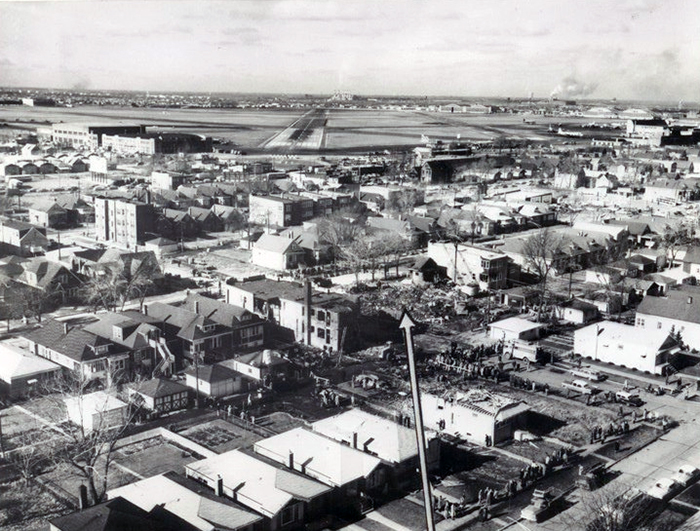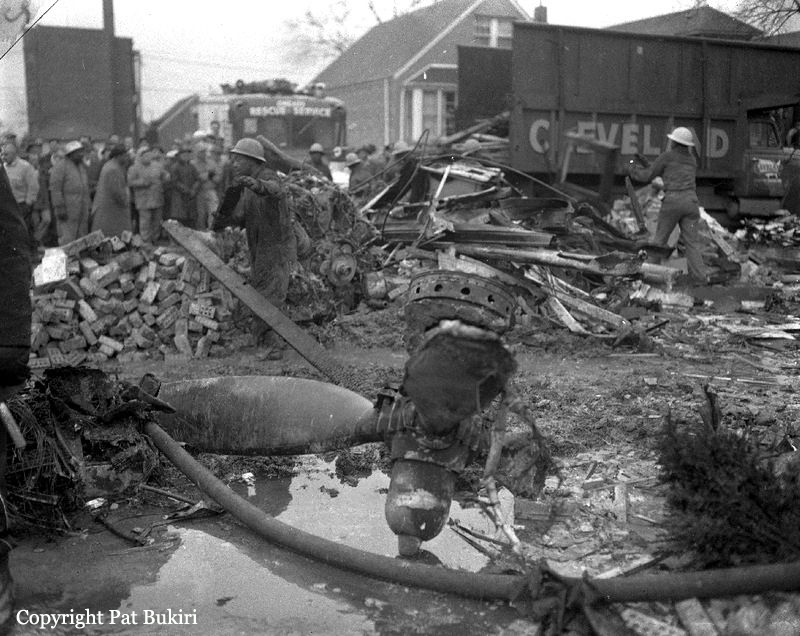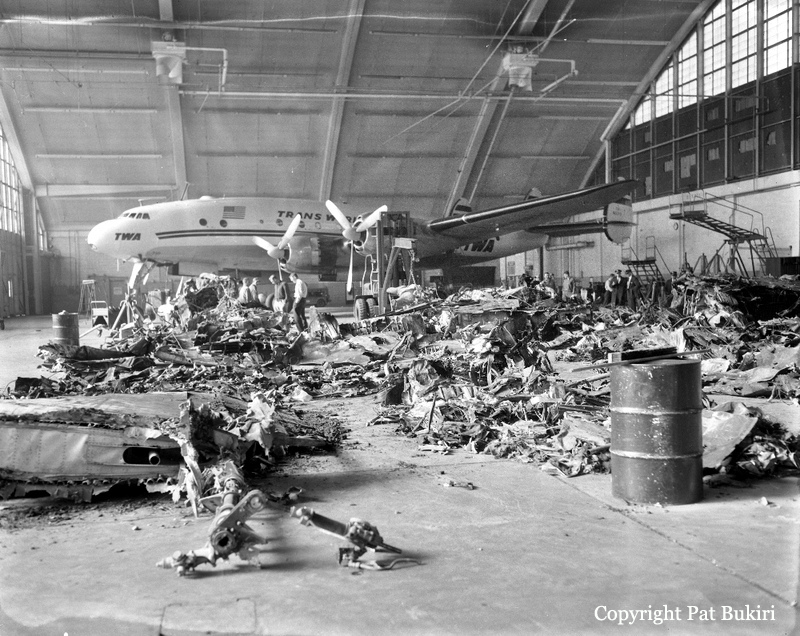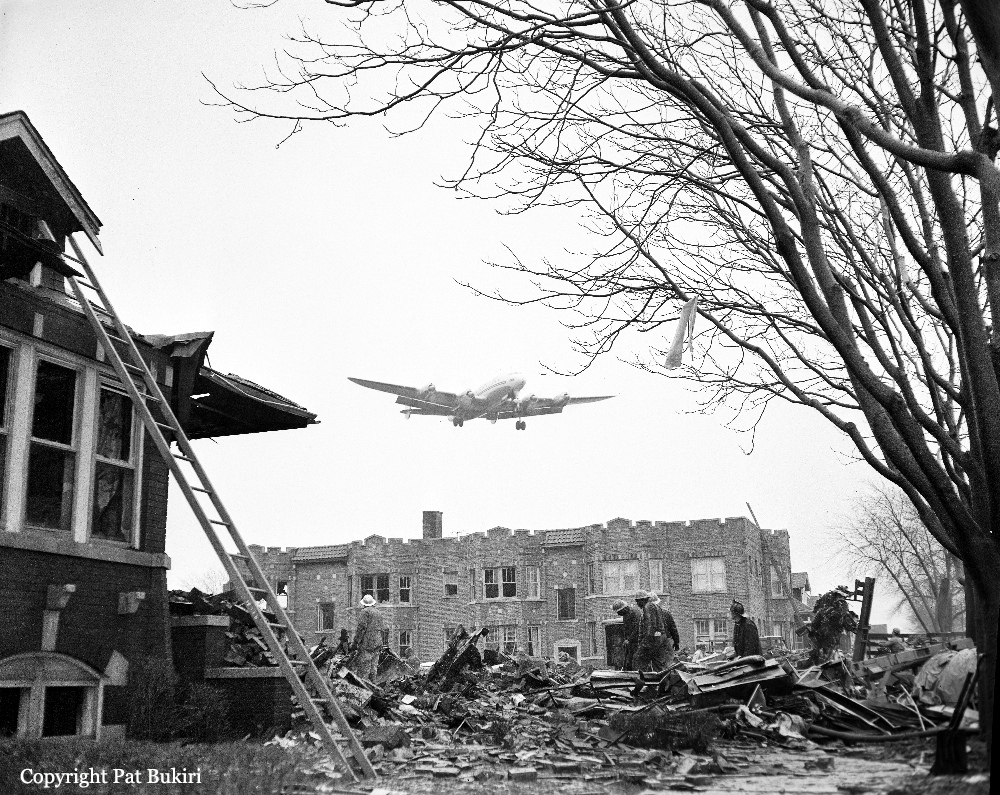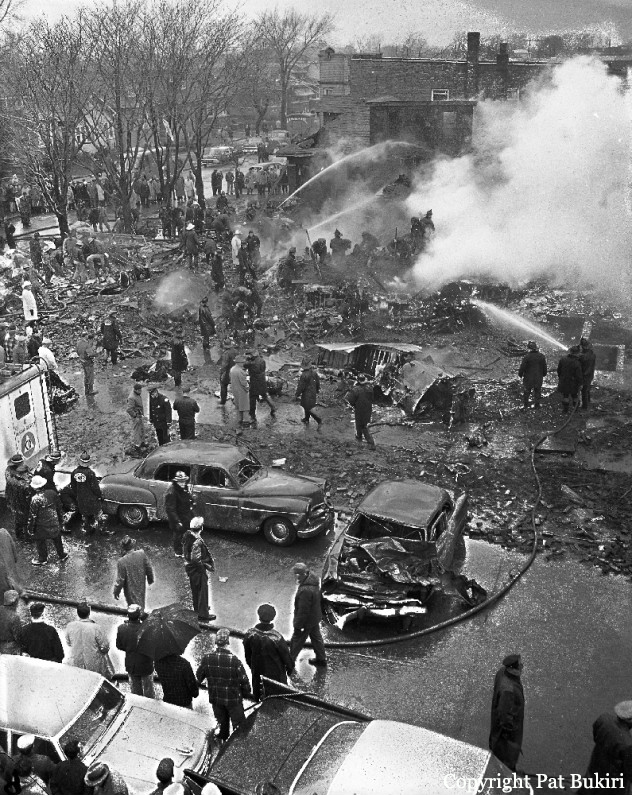Crash of a Beechcraft AT-11 Kansan in Chicago
Date & Time:
May 19, 1965 at 1033 LT
Registration:
N107RS
Survivors:
Yes
MSN:
3290
YOM:
1942
Crew on board:
1
Crew fatalities:
Pax on board:
0
Pax fatalities:
Other fatalities:
Total fatalities:
0
Captain / Total hours on type:
158.00
Circumstances:
During the takeoff roll at Chicago-Midway Airport, the pilot inadvertently retracted the landing gear while the aircraft was still rolling. It sank on the ground and slid for several yards before coming to rest. While the pilot was uninjured, the aircraft was damaged beyond repair.
Probable cause:
Premature retraction of the undercarriage during takeoff.
Final Report:
